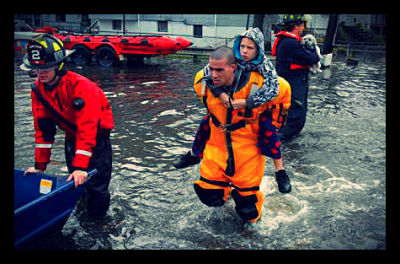4 Most Practical Uses of Tech for Disaster Relief

Technology is increasingly being used as a tool of communicating with populations in times of disaster and disaster relief, the Harvard Humanitarian Initiative reports. Here’s a list of the most practical uses of tech for disaster relief in the field:
1. In Times of Crisis
New means of communication, be it Twitter or mobile phones, have proven indispensible in times of emergency or impending crises. In times of health crises, like the cholera outbreak in Sierra Leone this past April, aid workers were able to reach thousands in a matter of seconds with vital, life-saving information. In the cholera case, the International Federation of Red Cross and Red Crescent Societies (IFRC) was able to send important warning messages and information to over 36,000 people in less than an hour.
2. Faster Deliveries
Texting in particular has played a large role in speeding up delivery and distribution of aid materials across the developing world. According to Action Aid, an NGO based in Kenya, sending a text message about an incoming delivery sped up distribution of given materials to the general population from 3 hours to 30 minutes.
3. Monitoring Food Markets
UN agencies have been able to monitor food distribution, availability, and prices by contacting and receiving information from informants in remote regions all by text message. Such communication has proven useful in countries like Somalia and Tanzania where food would be sent to those in need of assistance.
4. Geographic Information Systems (GIS)
More and more NGOs and UN agencies have turned to GIS to map out the location of damage and destruction of areas that suffered many causalities in times of crisis. These maps have guided aid workers to areas and peoples in need of help.
– Lina Saud
Sources: Irin News, Huffington Post, UN Dispatch
Photo: Cause Cast
